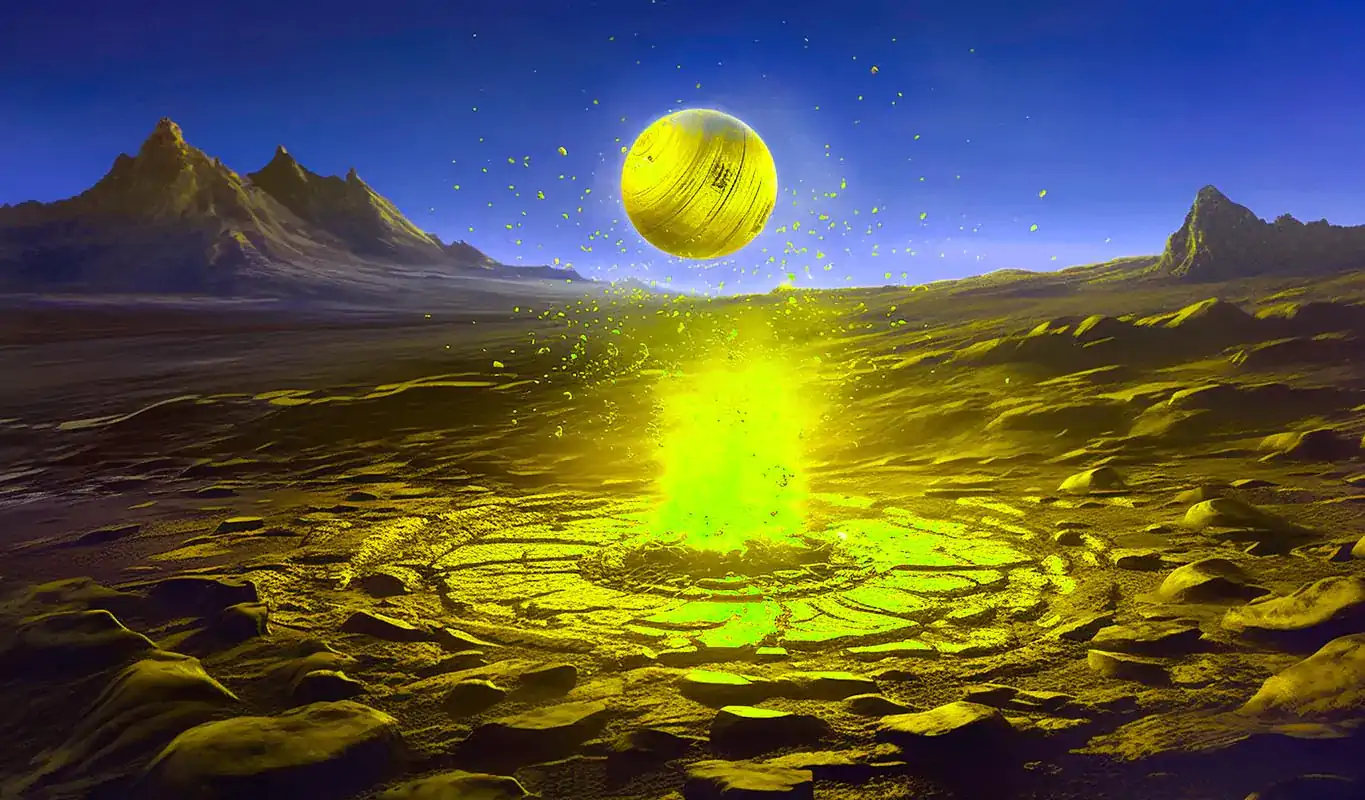NASA has recreated the conditions that may have led to the formation of life deep under the ocean 4 billion years ago. Their experiment could help unlock answers to how life on earth was formed and provide clues on how to look for it on the cosmos.
SEE ALSO: NEW STUDY SUGGESTS BUILDING BLOCKS OF LIFE MIGHT HAVE FORMED IN OUTER SPACE
Astrobiologist Laurie Barge and her team at NASA's Jet Propulsion Laboratory in Pasadena, California, are figuring out ways to recognize life on other planets by determining the origins of life here on Earth.
Their research is focused on how the basics of life are formed in hydrothermal vents on the ocean floor. To recreate the conditions present at hydrothermal vents in the lab, the team constructed mini seafloors by filling lab beakers with a mixture that resembles Earth's primordial ocean.
Origins of life mimicked in lab
These lab-bound ocean floors then act as a breeding ground for amino acids, Organic compounds that are essential for life as we know it. Amino acids build upon each other to form proteins which are the essence of all living things.
[see-also]
"Understanding how far you can go with just organics and minerals before you have an actual cell is really important for understanding what types of environments life could emerge from," said Barge, the lead investigator and the first author on the new study, published in the journal Proceedings of the National Academy of Sciences.
"Also, investigating how things like the atmosphere, the ocean and the minerals in the vents all impact this can help you understand how likely this is to have occurred on another planet."
Hydrothermal vents can be thought of as the chimneys of the earth core they release fluid heated below Earth’s crust. When this fluid mixes with seawater they create conditions that are unstable which are necessary for life to form and develop.
Experiments could help spot conditions for life in space
These dark, warm areas could be the key to understanding how life could be found in similar dark corners of our cosmos.
"If we have these hydrothermal vents here on Earth, possibly similar reactions could occur on other planets," said JPL's Erika Flores, co-author of the new study. The team built their false ocean floors using materials that were commonly found in the Earth's early oceans.
They heated their water and precursor molecule mix to 70 degrees Celsius and adjusted the pH to mimic the alkaline environment of the areas near hydrothermal vents. They also removed the oxygen because unlike the oceans of today's Earth ancient ocean had very little oxygen.
They also added a key ingredient, the mineral iron hydroxide, or "green rust," which was abundant on early Earth. This green rust reacted with small amounts of oxygen that the team injected into the solution, producing the amino acid alanine and the alpha hydroxy acid lactate.
"We've shown that in geological conditions similar to early Earth, and maybe to other planets, we can form amino acids and alpha hydroxy acids from a simple reaction under mild conditions that would have existed on the seafloor," said Barge.
By understanding exactly how amino acids form under these intense conditions will help scientist understand how life has or could be formed on other planets.
"We don't have concrete evidence of life elsewhere yet," said Barge. "But understanding the conditions that are required for life's origin can help narrow down the places that we think life could exist."




 BlocksInform
BlocksInform










